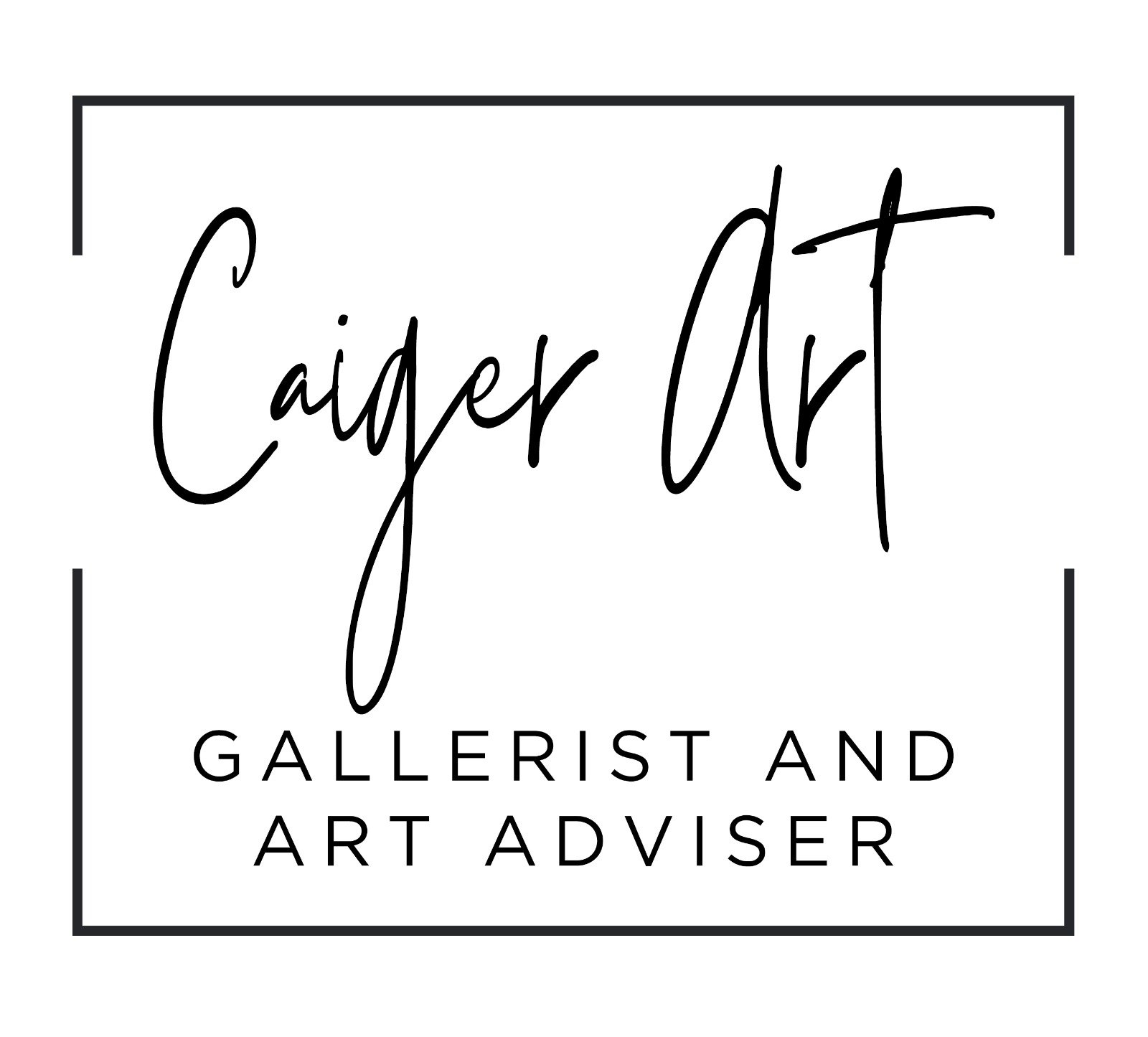All You Will Ever Need To Know About Prints
Wild Pastels by by Lee Herring
If you are looking to start or add to your art collection, but don't want to spend a fortune, then fear not, limited edition prints are here! Prints have always been a good, affordable option to original art, but can also be a minefield between good and bad! However, all is not lost, we have some great tips to steer you safely through!
The advantage with prints is that you can find your ‘art’ personality, gain confidence in what you like, try out style ideas and colours or sample an artist’s work without investing too much money.
The first thing to look for is a ‘limited edition’ print, the smaller the number the better, although this will be reflected in the price. Whatever happens – try to keep to an edition number under 250. Beware of reproduction prints – this means that someone has taken a photograph of an original artwork. As these are not actually crafted, and may have a large or unlimited edition, they are not permitted to most art fairs and don’t have the wow factor of a limited edition or original artwork!
It’s a good thing to ask how the print has been made. Prints are made by a number of different techniques, so here’s the low down on a few:
Battersea Pier by Jayson Lilley
Screen printing: A stencil is created from a drawing and fixed to a screen. This is then placed on top of paper and ink or paint is spread across the screen with a rubber blade, transferring the colour onto the paper. This has to be repeated for each colour.
Woodcut: Sketch is carved on wood and the ink or paint goes into the carvings. The paper is placed on the block and run through a press, again there has to be a separate block for each colour.
Linocut: Image is cut into a lino block, the raised bits mirror image the print. The ink or paint is rolled on and then the paper is pressed onto the block.
Engraving: Artist uses a ‘burin’ to draw onto a copper plate. The plate is then inked and wiped, leaving the engraved lines covered in ink. The plate and the paper is then put into a high-powered press.
Central Park Treetops by Emma Reynolds
Etching: Pretty much the same as engraving, but the plate could be copper, steel or zinc and is layered with wax. The drawing is made using an etching needle which exposes the metal. The plate is soaked in nitric ferric acid. The acid affects the exposed metal and then plate and paper put through a high-powered press.
Lithography (not to be confused with offset lithography): Again, similar to etching and engraving, but this time the plate is limestone or metal with a layer of wax. The design is carved into the wax and the acid burns the design onto the plate.
We touched on edition numbers earlier, and there is a certain amount of myth about these! If the print is a limited edition of 25, then all 25 will be of the same quality, and same price regardless to whether they are number 1 or number 25, although be aware that some artists will put the price up of the last few, because when they are gone, they are gone - when the edition run has been completed the printing plate and designs are destroyed - so best to buy before this happens! Some collectors like to always buy a certain edition number, for example, their favourite number, or birthday – which is quite fun and quirky!
The Artist Proof is always something to look for. Instead of showing the edition number it will say A/P. This is the first one be made before the edition run and the artist may make slight changes to the design, so this makes it a bit special and therefore can be more expensive.
And finally, the print should be signed and come with a Certificate of Authenticity. This will have all the information about the print and be signed by the artist or the gallery you bought the print from. This is an assurance that you have a certain edition number and this edition run will not be exceeded and also gives the print provenance, which is important if you want to sell it.
Beatrix by David Wightman
Well, hope this has given you a bit more info for when you are next at an art fair or browsing online.







